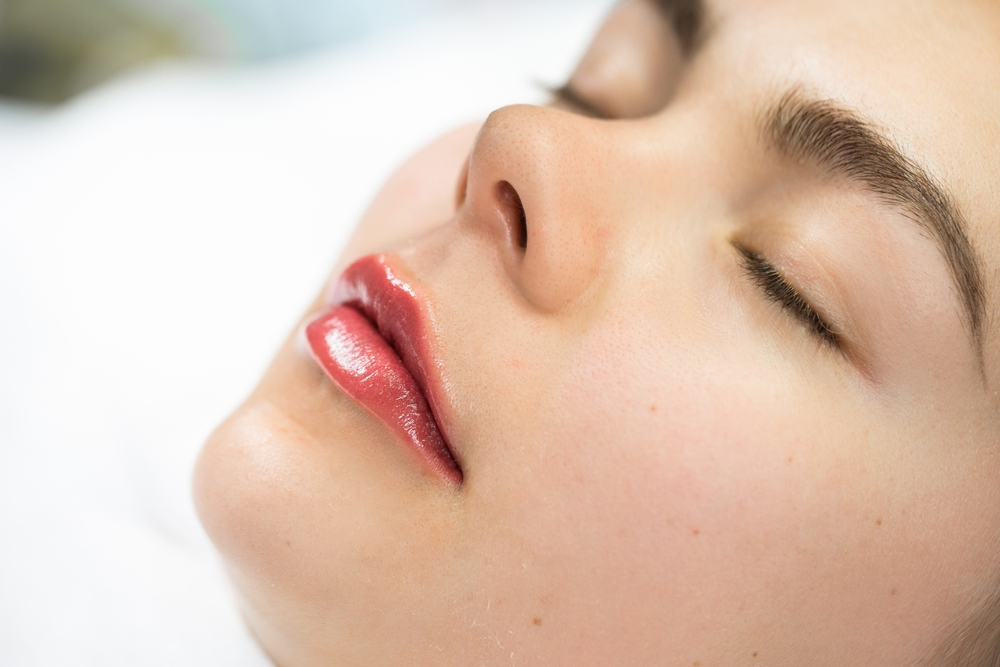Does Lip Color Cause Permanent Damage?
Lip color, also known as lip tattooing or permanent makeup, is a cosmetic procedure that involves implanting pigment into the lips to enhance their color and shape. While lip color can offer long-lasting results and eliminate the need for daily lipstick application, there are concerns about potential permanent damage to the lips and surrounding tissue. In this article, we’ll delve into the intricacies of lip color procedures, their safety considerations, and whether they can cause permanent damage.
Understanding Lip Color
Lip color is a form of cosmetic tattooing that aims to enhance the natural color and shape of the lips. During the procedure, a specialized tattoo machine or handheld tool is used to deposit pigment into the lips’ upper layers, creating a semi-permanent color that lasts for several years. Lip color can help define the lip contour, correct asymmetry, and add volume, resulting in a more youthful and defined appearance. The pigment gradually fades over time, requiring touch-ups to maintain the desired color intensity.
Does Lip Color Cause Permanent Damage?
1. Potential Risks:
While lip color procedures are generally considered safe when performed by a trained and experienced technician, there are some risks associated with the treatment:
- Allergic Reactions: Some individuals may experience allergic reactions to the pigment or numbing agents used during the procedure, leading to swelling, redness, or itching.
- Infection: Improper sterilization of equipment or poor hygiene practices can increase the risk of bacterial or viral infections, such as cold sores or herpes simplex virus (HSV) outbreaks.
- Overexposure to Sunlight: Exposing freshly tattooed lips to direct sunlight or UV radiation can cause the pigment to fade prematurely and increase the risk of discoloration or uneven healing.

2. Permanent Damage:
While lip color itself is considered semi-permanent, repeated or aggressive procedures may cause long-term damage to the lips and surrounding tissue. Over-tattooing the lips can lead to excessive scarring, tissue trauma, or pigment migration, resulting in an unnatural or uneven appearance. Additionally, aggressive exfoliation or harsh skincare products may irritate the delicate lip tissue and disrupt the healing process, potentially causing permanent damage.
Ensuring Safe Lip Color
To minimize the risk of permanent damage from lip color procedures and ensure safe treatment, consider the following precautions:
- Research: Choose a reputable and licensed technician who specializes in lip color procedures and has a proven track record of successful outcomes.
- Consultation: Schedule a consultation appointment to discuss your goals, concerns, and medical history with the technician before undergoing the procedure.
- Patch Test: Request a patch test to check for allergic reactions to the pigment or numbing agents used during the procedure.
- Aftercare: Follow the technician’s aftercare instructions diligently to promote proper healing and minimize the risk of complications.
Conclusion
While lip color procedures can enhance the appearance of the lips and offer long-lasting results, it’s essential to be aware of the potential risks and ensure safe treatment by choosing a qualified professional. With proper technique, aftercare, and realistic expectations, the risk of permanent damage from lip color procedures can be minimized, allowing you to enjoy beautiful, well-defined lips without compromising their health.
Additional Insights:
- American Academy of Dermatology – Lip Care: Learn more about lip care tips and best practices for maintaining healthy lips from the American Academy of Dermatology.
- Healthline – Lip Color Risks: Discover information on the risks associated with lip color procedures and how to minimize them from Healthline.


